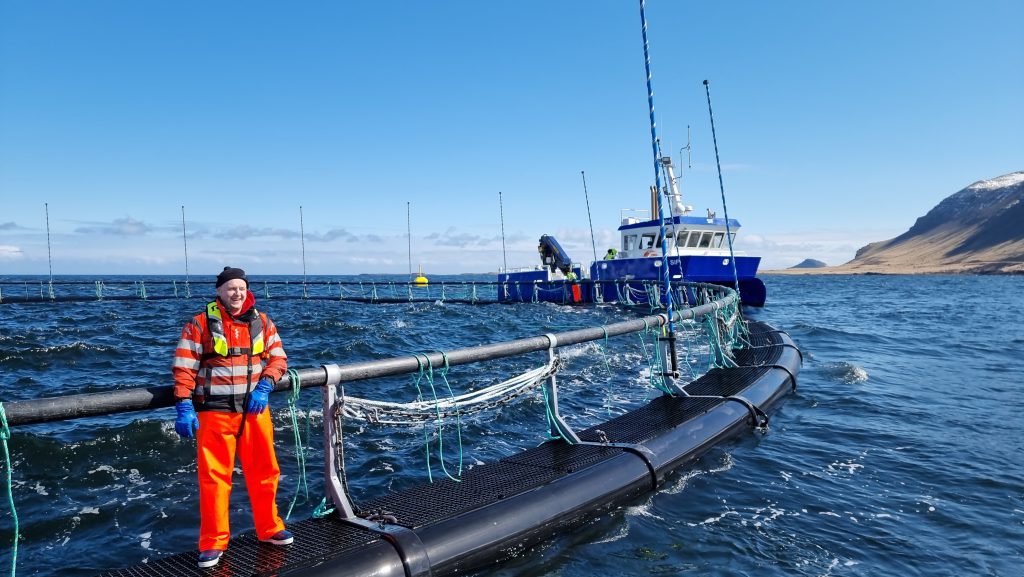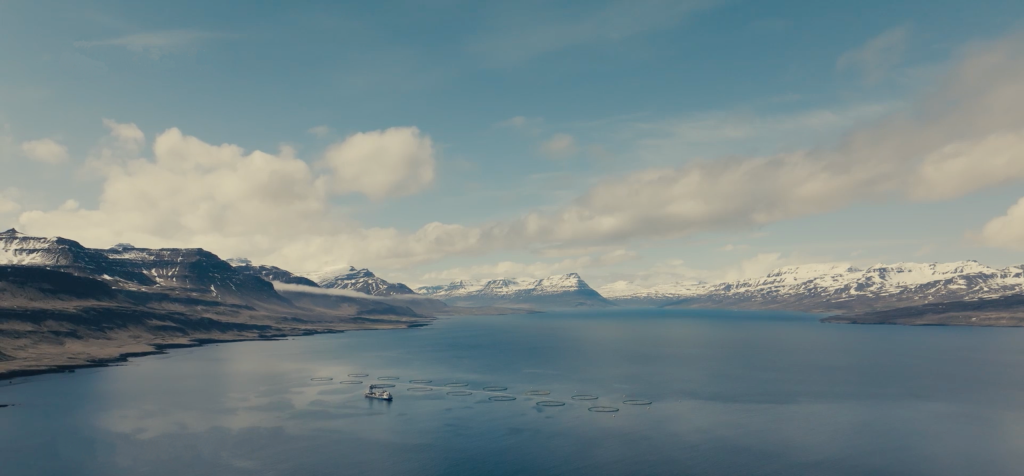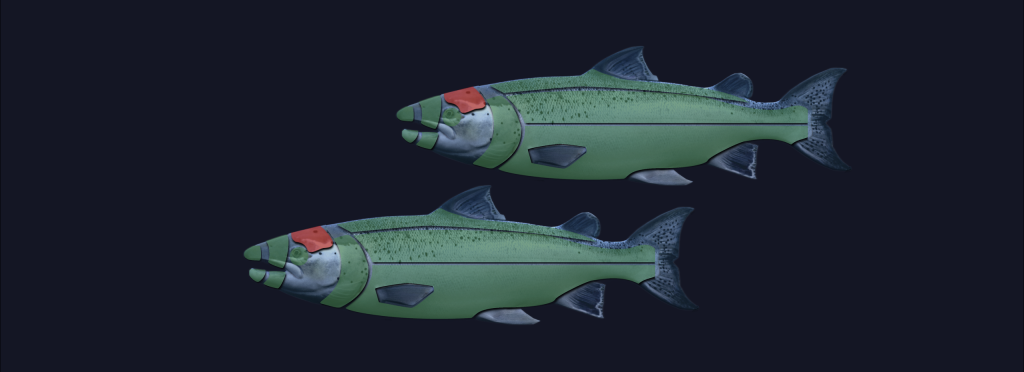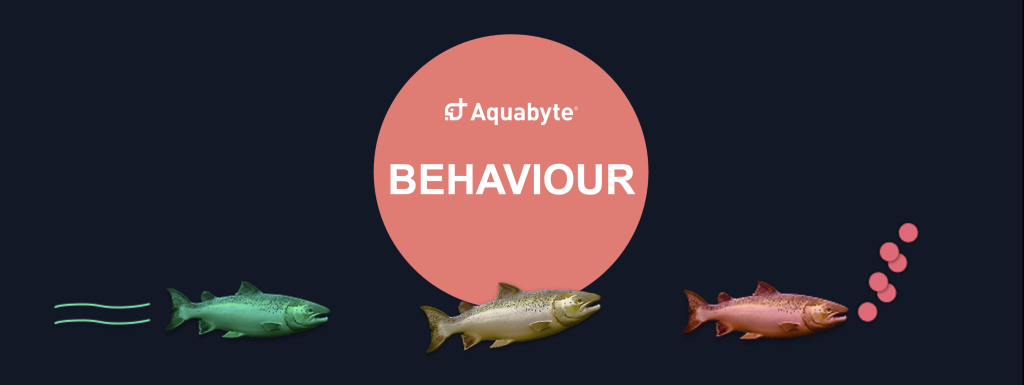– The data from Aquabyte’s system provides us with valuable insights, enabling us to make better and faster decisions. This contributes to significant savings for us, says Ísak Guðmundsson, Regional Manager at Kaldvík.
After testing and comparing available systems for fish monitoring in pens, Kaldvík decided in 2024 to adopt Aquabyte’s solution. Kaldvík is Iceland’s largest aquaculture company, located on the east coast of Iceland – a region known for harsh weather and low temperatures during the winter.
– From late November to early May, we must leave the fish undisturbed in the pens. The cold water makes manual handling a risky endeavor, as the fish are prone to welfare issues like winter sores that don’t heal until well into spring. During this period, we need to be able to monitor the fish without handling them. The insights we get from a camera system that continuously tracks welfare, biomass, and sea lice are a valuable tool, says Ísak Guðmundsson.
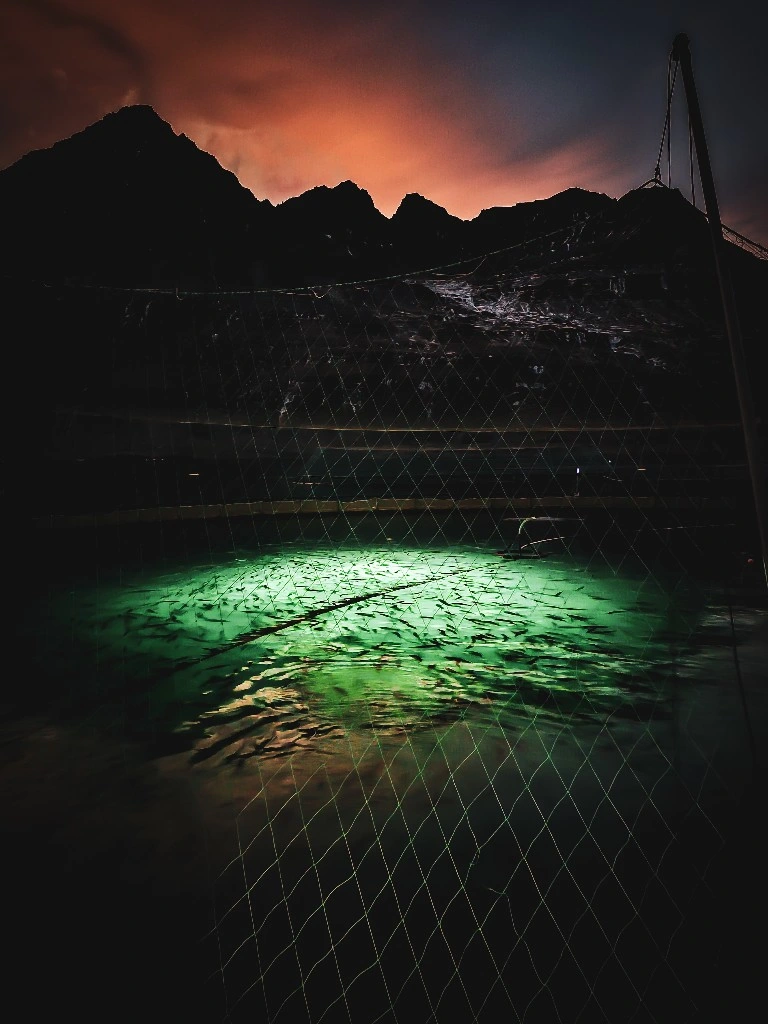
Growth challenges in the cold
The water temperature in the fjords on Iceland’s east coast drops below 2 degrees Celsius, posing challenges for fish growth. From the onset of the cold until well into spring, the fish do not gain weight. Before this period begins, Kaldvík must have full insight into both biomass and welfare status for each individual pen. This insight is essential for deciding whether to harvest a pen or let the fish remain over the winter.
– The data and insights we get from the Aquabyte system allow us to evaluate biomass and welfare in the pen in relation to each other, enabling us to make the best decisions. If you only have insight into one of these factors, there is a high chance you’ll make the wrong decision when determining which pens to harvest and which to keep. Poor decisions can have significant financial consequences for the company, says Ísak.
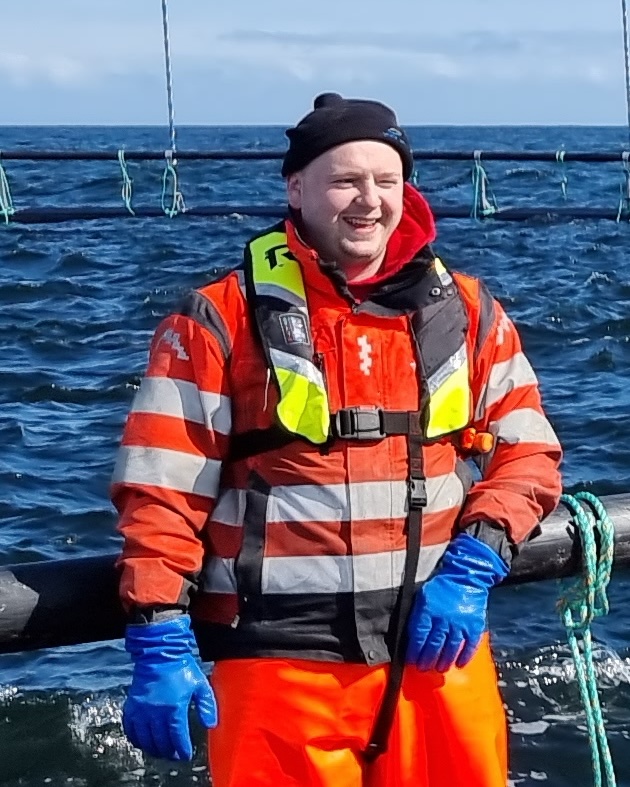
Increased predictability
A data-driven approach to aquaculture, where the Aquabyte system continuously provides information about the fish, enables Kaldvík to act proactively and address challenges at a much earlier stage.
– Before we started using Aquabyte, we reacted to events that were already unfolding. We would see an increase in floaters, more dead fish, or changes in appetite and take action based on what we observed. Now, we have continuous oversight of trends and developments in both biomass and welfare throughout the year. This provides greater predictability. We gain better and earlier insights into what is about to happen, allowing us to make decisions in advance rather than reacting after the fact, says Ísak.
While the Aquabyte system serves as an important decision-support tool for Kaldvík when assessing which pens are most profitable to harvest, Ísak Guðmundsson emphasizes that it’s not just about maximizing profit:
For us, this isn’t just about economics – it’s also about fish welfare. The insights from the Aquabyte system enable us to ensure that our fish are thriving, not only during the winter but throughout the entire year, he says.
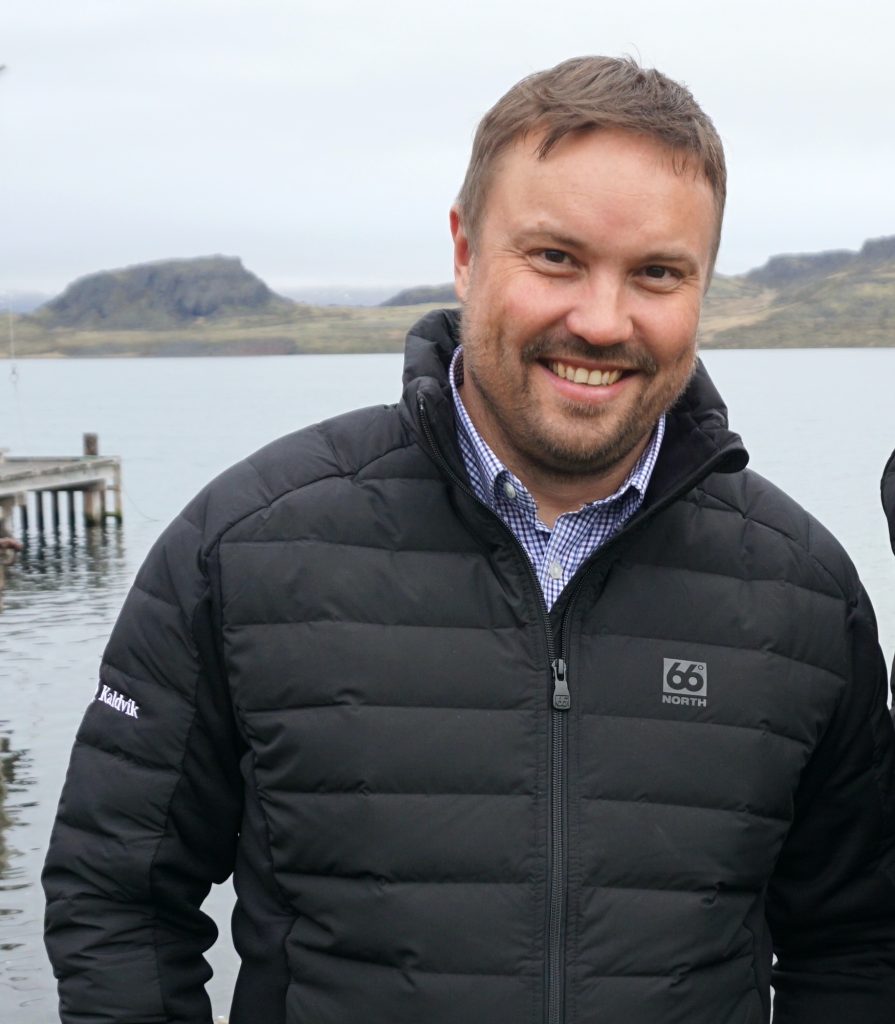
Thorough benchmarking of systems
The decision to adopt Aquabyte was made after Kaldvík conducted an extensive benchmarking period, during which various systems were tested and evaluated against each other.
– We selected Aquabyte after an extensive benchmarking process of the systems available on the market. Our decision to choose Aquabyte was based on the ability to excel in four key areas: welfare monitoring, biomass estimation, the company’s follow-up on delivery, and lice-counting precision, says Kjartan Lindbøl, Chief Operations Officer Sea at Kaldvík.
Strong collaboration and effective communication between the two companies were also crucial factors in selecting the best partner and supplier of data and decision-support systems for Kaldvík’s eight sites on Iceland’s east coast.
– For us, it was important to establish strong relationships between our organization and the supplier we would be working with. In this area, Aquabyte stood out compared to the other participants in the evaluation process, adds Kjartan Lindbøl.
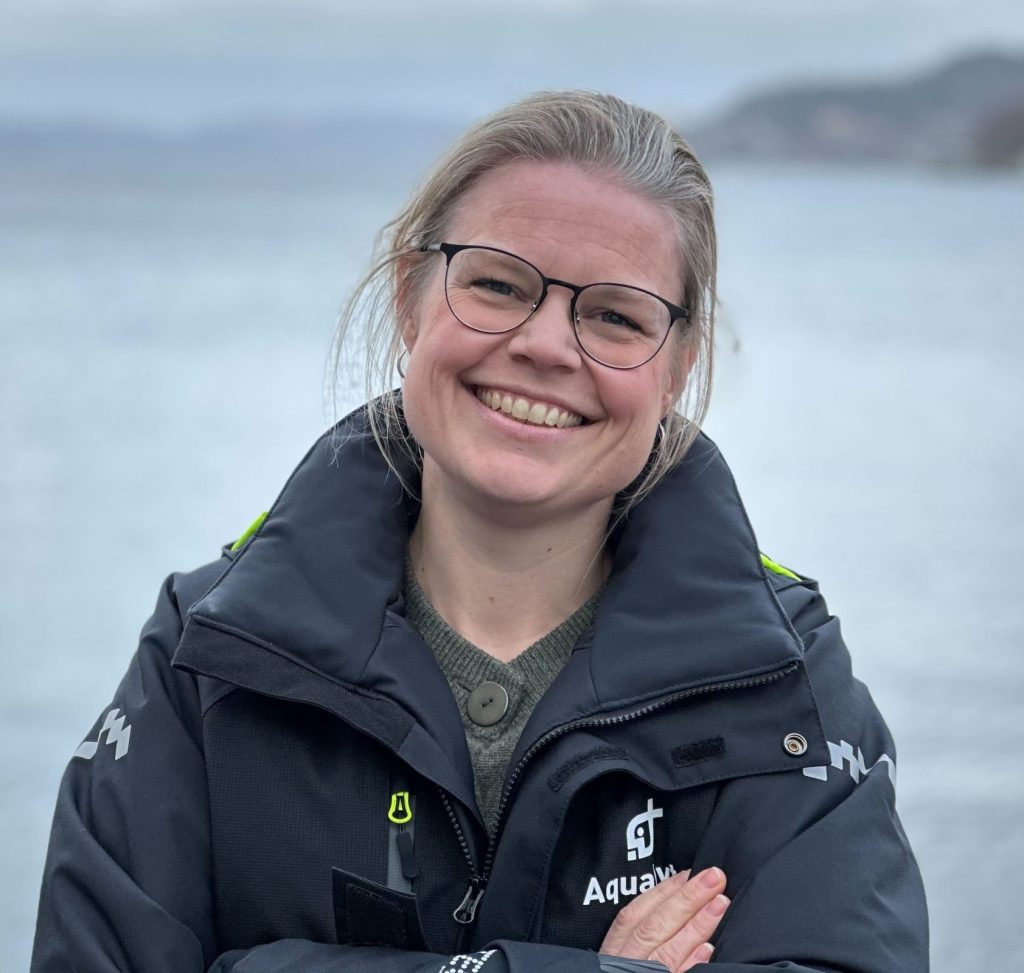
Partnership with close communication
Effective collaboration is a key factor for success when adopting new technology. Building strong relationships, maintaining close communication, and sharing knowledge are essential parts of the partnership between supplier and aquaculture company.
– Kaldvík is a forward-thinking company that understands the importance of data and the value a data-driven approach brings to aquaculture. The benchmarking process they carried out before selecting us was impressive. As one of several potential suppliers, we were invited early on to ensure the best possible implementation. Our Insight department, which supports customers in analyzing data, was involved from the start. Together with Kaldvík, we worked to ensured that our system delivered value from day one, says Kamilla Svindseth, Senior Sales Manager at Aquabyte.
Collaboration in practice
Regional Manager Ísak Guðmundsson provides a concrete example of how the close collaboration between Kaldvík and Aquabyte works in practice:
– Kristin Aase from Aquabyte’s Insight Team sent me an email recently after reviewing the data from one of our pens. She recommended that we take a closer look at the welfare status of this pen. We followed her advice, and based on Aquabyte’s feedback and the data provided by the system, we could see that some of the fish had started developing winter sores. So, this will be the next pen we harvest, says Ísak.
